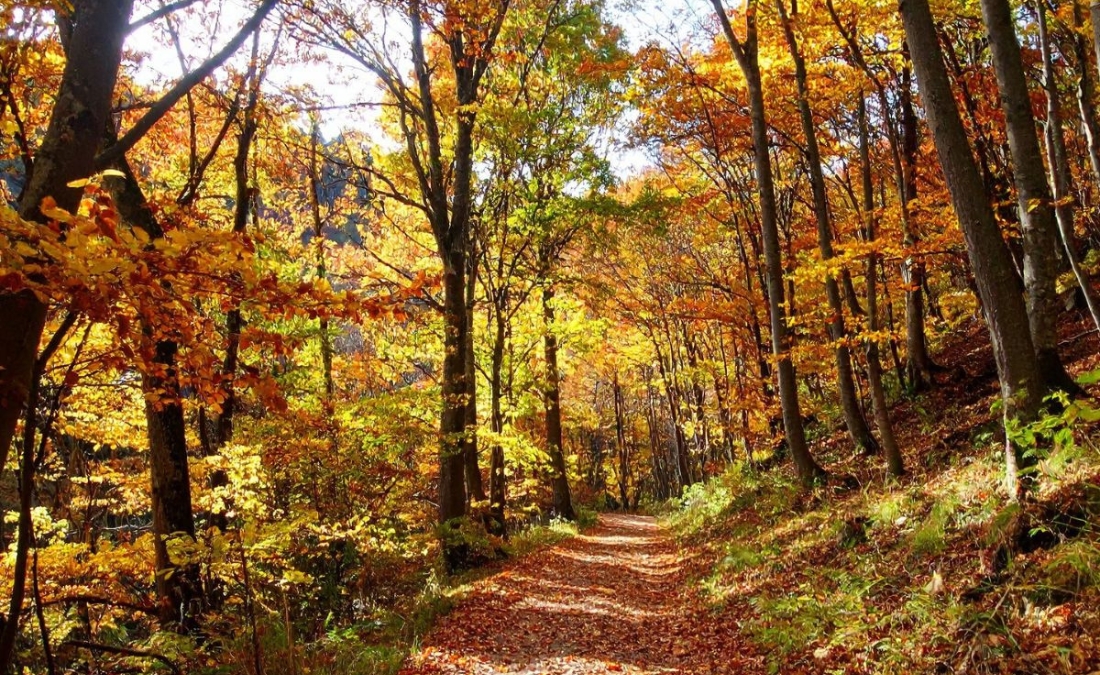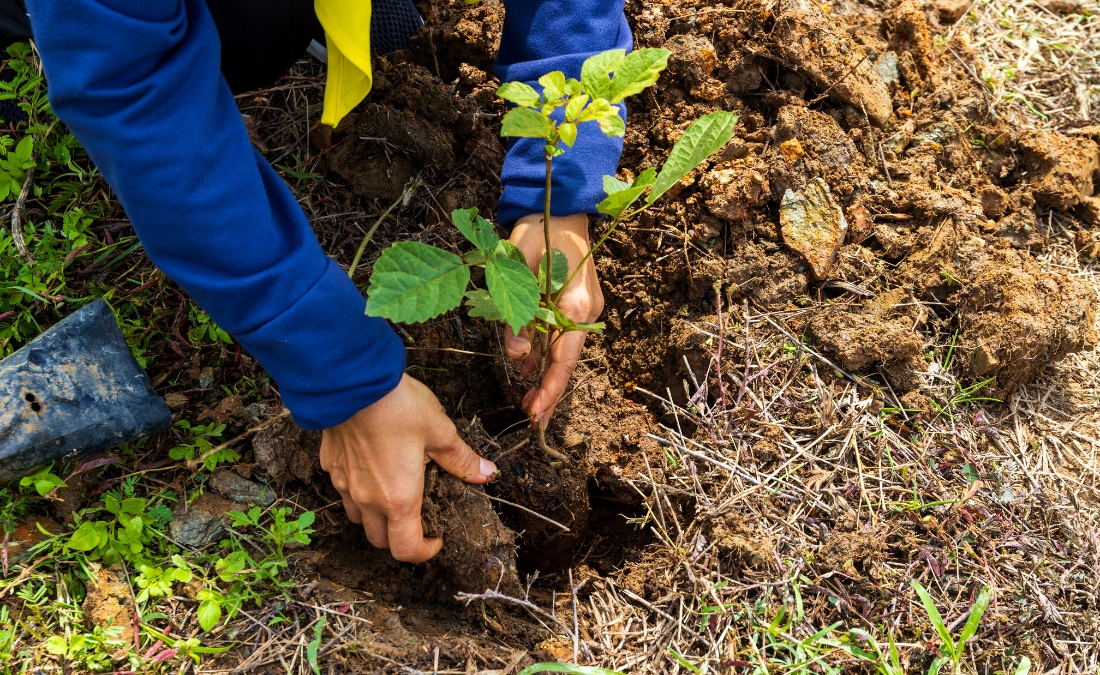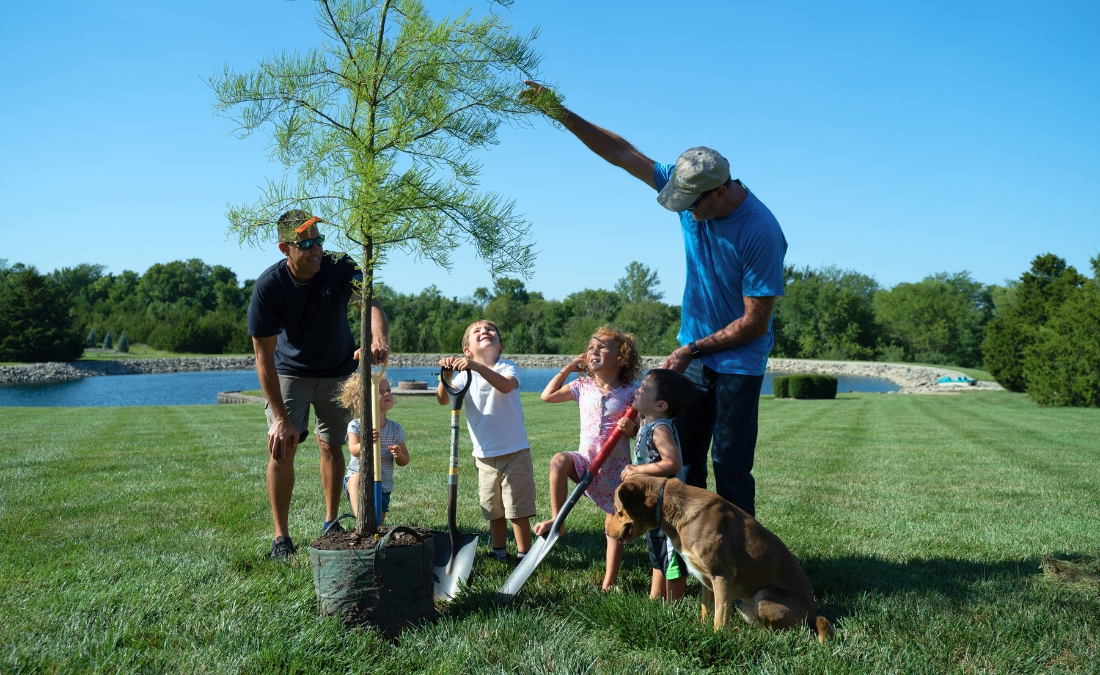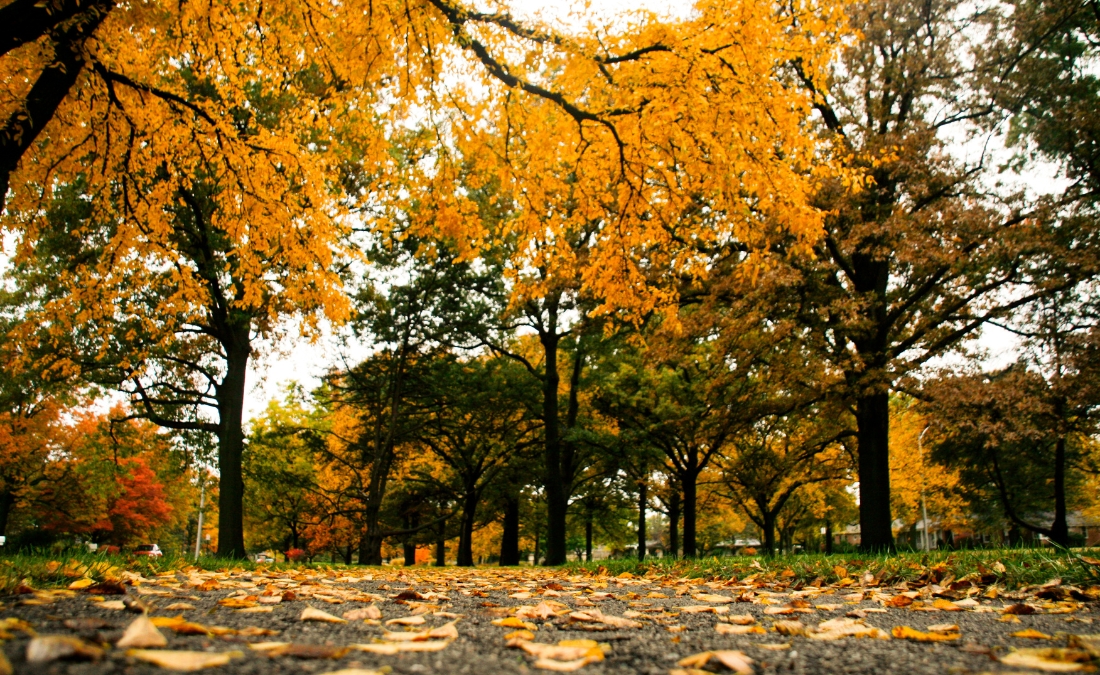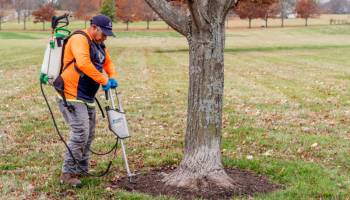Your Step-by-Step Guide to Successful Fall Tree Planting in Johnson County – and How Arbor Masters Ensures Long-Term Success

Johnson County’s best time to plant trees is fall – don’t miss it! Arbor Masters’ step-by-step guide shows how to ensure lasting shade, beauty, and success.
As autumn colors paint the neighborhoods of Overland Park, Lenexa, and Shawnee, smart homeowners know this is nature’s signal for the year’s best tree planting window. While most people assume spring is the ideal time, experienced arborists recommend fall tree planting in Johnson County because it gives trees a stronger root system, less transplant shock, and healthier growth for years to come.
With Kansas City recently celebrating the successful planting of over 11,000 trees and securing a $12 million USDA grant for urban canopy expansion, there’s never been a better time to add trees to your Johnson County property.
Key Takeaways
- Fall planting provides 2-3 months of root establishment before Johnson County’s summer heat stress, giving trees a survival advantage over spring plantings.
- Professional planting significantly increases tree survival rates compared to DIY methods, which is especially important considering Southwest Kansas City’s challenging soil conditions.
- Native tree selection maximizes long-term success in Johnson County’s climate, with species like bur oak and eastern redbud showing superior establishment rates.
- Comprehensive follow-up care programs protect your investment through critical first-year establishment and beyond.
Best Time to Plant Trees in Johnson County: Why Fall Beats Spring
The science behind fall tree planting success lies in Johnson County’s unique climate patterns. Planting a tree in the fall (as opposed to the spring) allows for root development before winter’s arrival, giving trees a crucial head start before the hot, dry conditions that summer brings to the Kansas side of Kansas City.
Johnson County soil temperatures typically maintain optimal growing conditions of 55-65°F through October and into November. This extended window gives newly planted trees ample time to establish their root systems while air temperatures cool and reduce transplant stress.
Spring planting, on the other hand, faces significant challenges in Southwest Kansas City. Late frost risks damaging tender new growth, and the rapid transition to summer heat often stresses trees before their root systems fully establish. Fall-planted trees, by contrast, enter their first summer with well-developed root networks ready to access deep soil moisture.
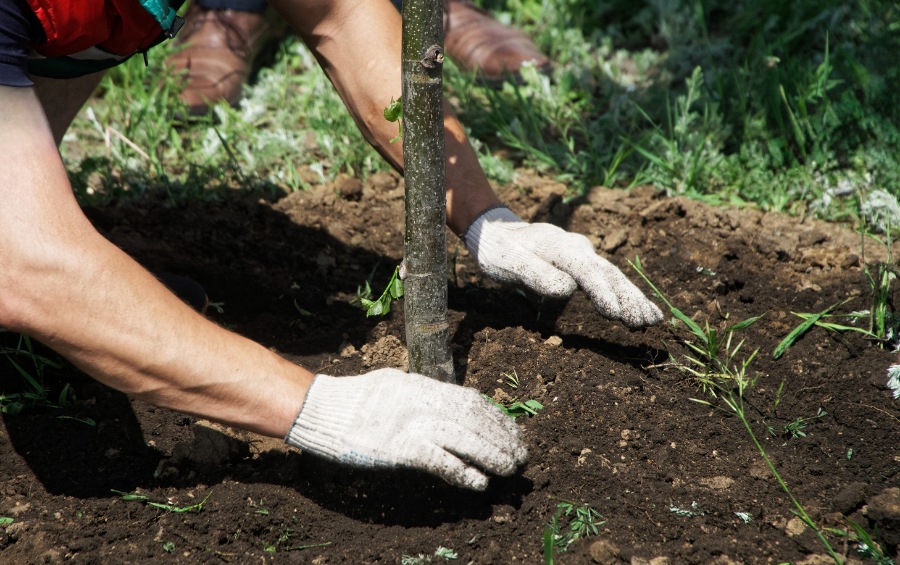
How to Plant Trees This Fall for Long-Term Success
Successful tree establishment in Johnson County requires understanding local soil conditions and climate patterns. Follow this comprehensive guide to give your new trees the best possible start.
Step 1: Assess Your Soil and Prepare the Planting Site
Test your soil drainage and composition before selecting your tree location.
Johnson County’s predominant clay soils present both opportunities and challenges for tree planting. Understanding your specific soil conditions and drainage patterns is essential before selecting your planting location and tree species.
Clay soils in areas like Leawood and Mission Hills hold moisture well but can become compacted easily due to construction work, heavy rainfall, or foot traffic. Test soil drainage by filling your proposed planting hole with water and checking drainage after 24 hours. If water remains, consider amending with compost or selecting a different location.
Step 2: Choose the Right Native Trees for Success
Select tree species specifically adapted to Kansas climate conditions for the highest survival rates.
Native tree species show the highest success rates for fall planting in Johnson County. Top performers include:
- Bur Oak (Quercus macrocarpa): Extremely hardy, drought-tolerant once established, provides excellent shade for communities like Overland Park.
- Eastern Redbud (Cercis canadensis): Beautiful spring flowers, perfect for smaller Shawnee lots.
- Kentucky Coffeetree (Gymnocladus dioicus): Unique bark texture, tolerates urban conditions in areas like Lenexa.
- Shumard Oak (Quercus shumardii): Brilliant fall color, handles Southwest Kansas City’s variable conditions.
Step 3: Plant at the Proper Depth Using Correct Technique
Ensure the root flare sits at or slightly above ground level to prevent long-term health problems.
Planting depth mistakes kill more trees than any other factor in Johnson County’s clay soils. To give trees the best chance of thriving, dig your planting hole two to five times wider than the root ball but no deeper than the root ball height.
Follow these critical steps to ensure proper planting technique:
- Position the root flare (where roots meet the trunk) at or slightly above ground level
- Backfill with existing soil rather than amendments
- Remove all burlap, wire cages, and synthetic twine completely
These materials can girdle roots as trees grow, causing health problems that may not appear for years but can eventually kill the tree.
Step 4: Establish a Proper Fall Watering Schedule
Provide consistent, deep watering to encourage strong root development through fall and winter.
Fall-planted trees need consistent moisture but not waterlogged conditions. Follow this watering approach:
- Water deeply once weekly through October and November
- Apply 1-2 inches of water slowly to encourage deep root growth
- Adjust watering schedule based on natural rainfall
- Continue occasional winter watering during dry spells when soil isn’t frozen
PRO TIP: Not sure how to measure 1-2 inches of water? Place an empty tuna can or small container near your tree while watering. When the container holds 1-2 inches of water, you’ve applied the right amount. This typically takes 2-4 hours with a soaker hose or 45-60 minutes with a sprinkler, depending on your setup.
Many tree failures result from winter dehydration rather than cold damage, making consistent moisture crucial for success.
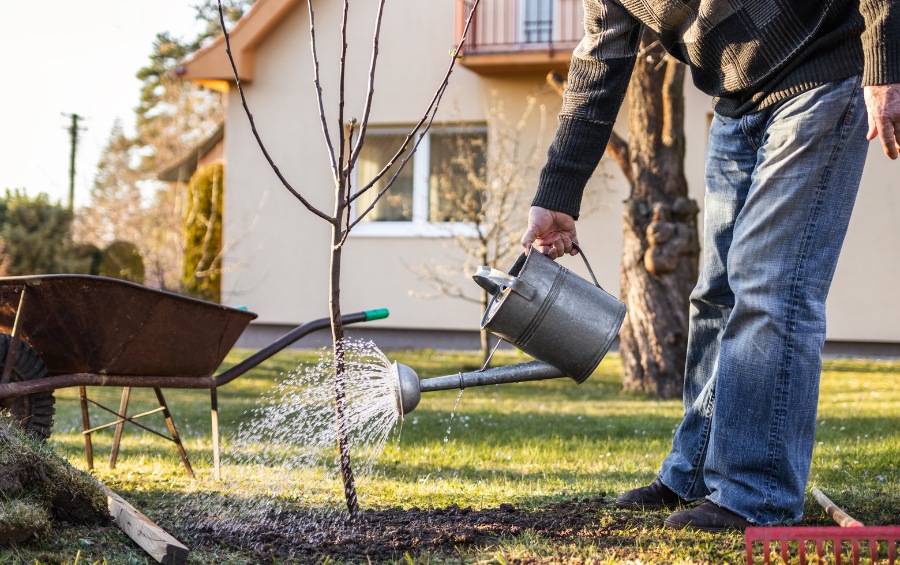
DIY Tree Planting vs. Professional Tree Planting in Johnson County
The decision between DIY and professional tree planting affects not just initial costs but long-term tree health and survival. Consider these factors when making your choice for Johnson County properties:
| Factor | DIY Planting | Professional Planting |
|---|---|---|
| Initial Investment | Lower upfront costs | Higher initial investment |
| Survival Rate | 60-70% | 90-95% |
| Site Assessment | Basic | Comprehensive soil, drainage, utility analysis |
| Species Selection | Limited nursery options | Expert matching to site conditions |
| Follow-up Care | Self-managed guesswork | Professional monitoring and care programs |
| Long-Term Success | Variable, depends on homeowner knowledge | Guaranteed establishment and ongoing support |
When Professional Help is Essential
Certain situations in Johnson County require professional expertise to ensure success:
- Poor Soil Conditions: Heavy clay soils, compacted areas, or drainage issues require specialized techniques and amendments.
- Mature Tree Replacement: Replacing large, established trees in communities like Overland Park’s historic neighborhoods demands precise species selection and installation.
- Heat Island Areas: Urban developments, such as those in Lenexa, need careful species selection for temperature extremes.
- Utility Concerns: Areas near power lines, underground utilities, or municipal infrastructure require professional assessment.
- High-Value Properties: Investment properties or landscapes where tree failure would be costly.
- Community Projects: HOA or neighborhood-wide plantings benefit from professional coordination and consistency.
Professional planting becomes especially valuable for protecting significant property investments in established neighborhoods throughout Johnson County, where proper species selection and installation technique can better secure long-term landscape value.
Common Tree Planting Misconceptions & How Arbor Masters Prevents Them
Even well-intentioned homeowners can fall victim to enduring misconceptions about tree planting in Johnson County. These costly mistakes can lead to tree failure, wasted investment, and years of frustration. Here’s how Arbor Masters’ expertise helps you avoid common myths:
Myth #1: “Fall is too late to plant trees in Johnson County”
This persistent misconception costs homeowners valuable planting opportunities. In fact, the Kansas Forest Service accepts orders through October 15th for their fall conservation tree distribution program, specifically because fall conditions provide excellent establishment opportunities.
How Arbor Masters prevents this mistake: Our ISA Certified team understands Johnson County’s optimal planting windows. We help homeowners take advantage of fall’s superior growing conditions through November, ensuring proper timing for maximum tree establishment success.
Myth #2: “Native Kansas trees don’t need professional care”
While native species are better adapted to local conditions, they still require proper planting technique, site preparation, and establishment care to thrive in Johnson County’s challenging clay soils and variable microclimates.
How Arbor Masters prevents this mistake: Our comprehensive approach includes soil analysis, proper species matching to specific site conditions, and professional installation techniques. Even drought-tolerant natives, like bur oak, benefit from our proven establishment protocols.
Myth #3: “All newly planted trees need staking for support”
Many homeowners automatically stake every newly planted tree, but this can actually weaken tree development by preventing natural trunk strengthening and root system expansion.
How Arbor Masters prevents this mistake: Our Certified Arborists assess each tree’s specific needs, only recommending staking when truly necessary for high-wind exposure or root ball stability. When stakes are used, we include removal timelines to prevent long-term trunk damage.
Arbor Masters’ Follow-Up Care Programs
Successful tree establishment extends far beyond the planting day. Our comprehensive care programs ensure your investment thrives:
- Seasonal Monitoring: Regular health assessments during critical first-year establishment.
- Customized Watering Plans: Site-specific irrigation schedules adjusted for Johnson County’s clay soils and seasonal patterns.
- Plant Health Care: Preventive treatments for common pests and diseases affecting newly planted trees.
- Fertilization Programs: Nutrient management tailored to soil conditions and tree species requirements.
- Pruning Maintenance: Structural pruning during establishment to promote proper growth habits.
- Storm Response: Emergency support and damage assessment during severe weather events.
ARBOR MASTERS ADVANTAGE: Our 65+ years of local experience means we understand Johnson County’s unique challenges. From Shawnee’s municipal requirements to Leawood’s upscale landscape expectations, we tailor our approach to each community’s specific needs.
Tree Planting Tips by Community
Each community within Johnson County presents unique opportunities and challenges for successful tree establishment. Understanding these local considerations helps you select the right species and approach for your specific neighborhood and property type.
Tree Planting in Overland Park’s Established Neighborhoods
Overland Park’s mature neighborhoods often require careful tree replacement planning. Consider existing canopy coverage and utility lines when selecting species. The city’s tree preservation ordinances may require permits for certain plantings near public rights-of-way.
New Tree Planting in Lenexa and Southwest Kansas City Developments
Newer developments in Lenexa and Southwest Kansas City areas often have compacted soils and limited existing canopy. Focus on establishing diverse species to create future shade and avoid the monoculture problems that led to widespread tree loss during emerald ash borer infestations.
Shawnee Tree Planting and Municipal Requirements
Shawnee’s tree ordinances encourage diverse species planting and may offer rebates for native tree installations. Check with city planning before planting near streets or utilities, as municipal codes specify clearance requirements.
Leawood Tree Planting for Property Value Enhancement
Leawood’s upscale properties benefit significantly from professional tree selection and placement. Mature trees provide substantial increases to property values, making professional planting and care programs wise investments for long-term homeowners who want to maximize their landscape assets.
Frequently Asked Questions About Planting a Tree in Johnson County
How much does professional tree planting cost in Southwest Kansas City area?
Professional tree planting costs vary based on several key factors including tree size and species, site accessibility and soil conditions, and the level of site preparation required. Additional factors that influence pricing include:
- Complexity of installation (utilities, slopes, confined spaces)
- Quality of nursery stock selected
- Soil amendments or drainage improvements needed
- Follow-up care and monitoring programs included
- Seasonal demand and scheduling flexibility
The investment in professional planting is often recovered through dramatically improved survival rates, faster establishment, and long-term tree health that eliminates costly replacements.
How do I care for newly planted trees through winter?
Continue watering during dry periods when soil isn’t frozen. Apply 2-3 inches of mulch around the root zone but keep it away from the trunk. Avoid fertilizing first-year trees, as this can stimulate growth when trees should focus on root establishment.
What follow-up care do new trees need in their first year?
First-year care includes regular watering (1-2 inches per week), mulch maintenance, and monitoring for pest or disease issues. Professional plant health care programs provide systematic monitoring and treatment to ensure successful establishment through critical first years.
Do I need permits for tree planting in Johnson County cities?
Permit requirements vary by city and planting location. Generally, permits aren’t required for private property plantings away from utilities and right-of-way. However, check with your local municipality before planting near streets, utilities, or in front yards that may affect public infrastructure.
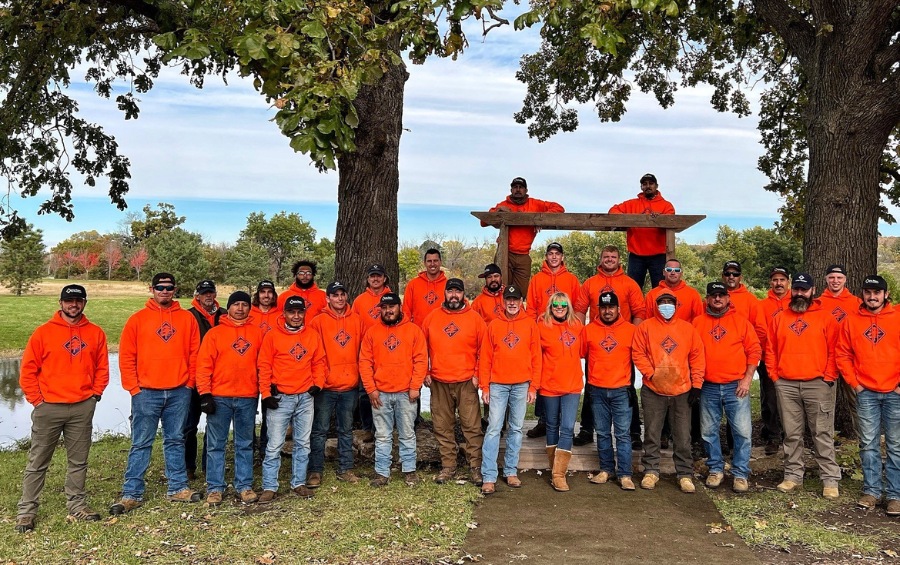
Protect Your Tree Investment with Professional Expertise from Arbor Masters
Fall tree planting in Johnson County offers the best opportunity for successful tree establishment, but proper technique and follow-up care are crucial for long-term success. Whether you’re replacing storm-damaged trees in Overland Park’s mature neighborhoods or establishing new canopy in Lenexa developments, the expertise of ISA Certified Arborists makes the difference between thriving trees and costly failures.
Call Arbor Masters today at 913-441-8888 or request your free site assessment online. Let our certified experts help you create the landscape you’ve always envisioned.
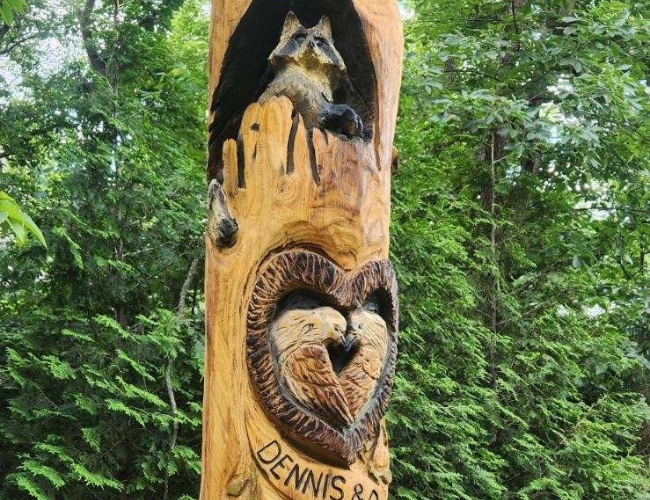
Get the latest local news, tree care tips, special offers, and company updates directly to your inbox! It's easy to subscribe and there's no spam - we promise.
"*" indicates required fields

